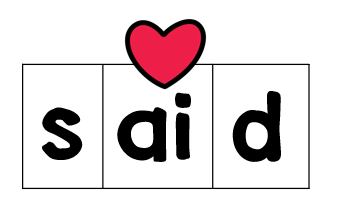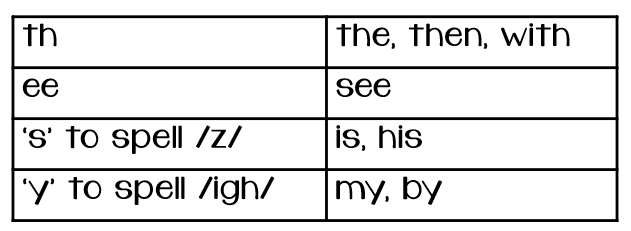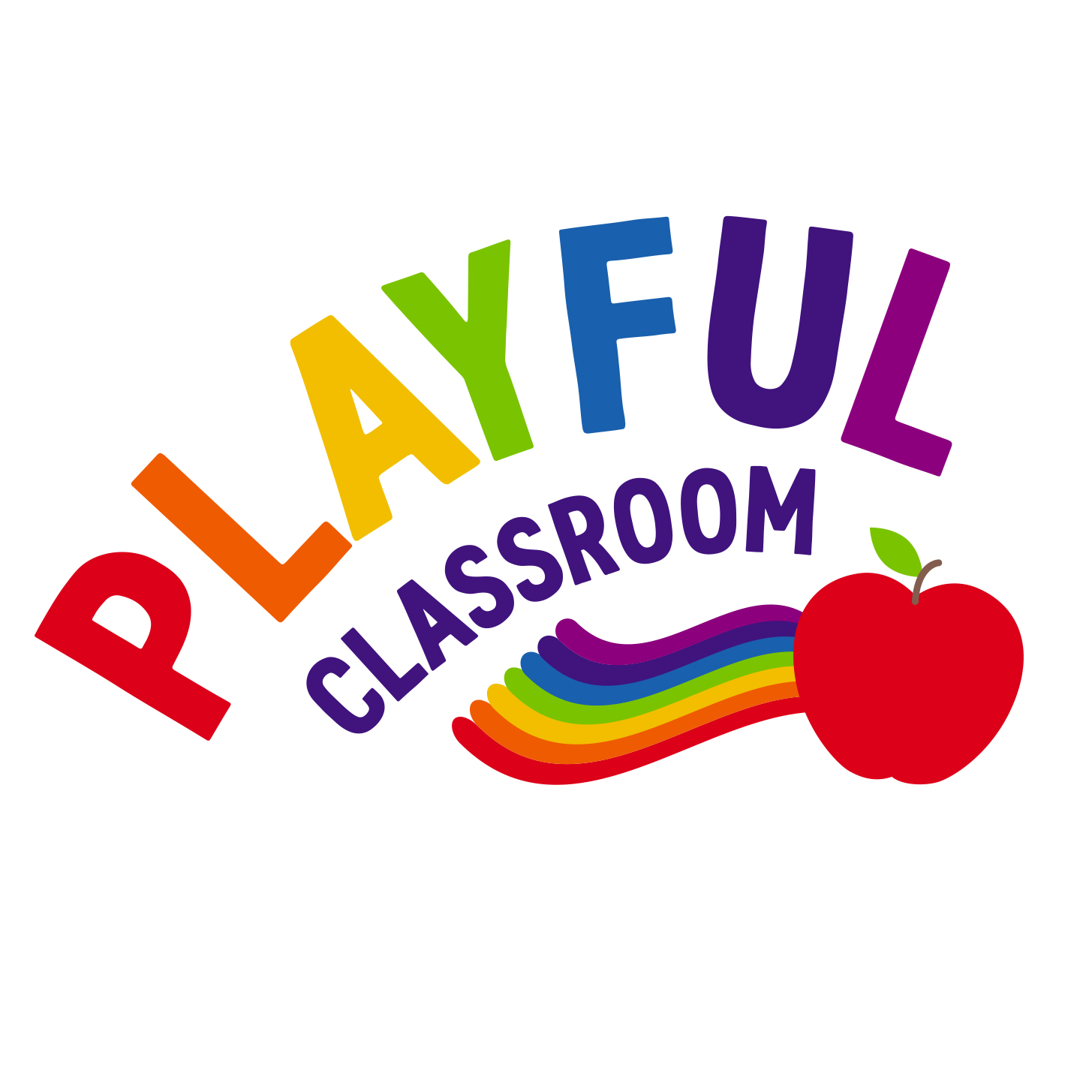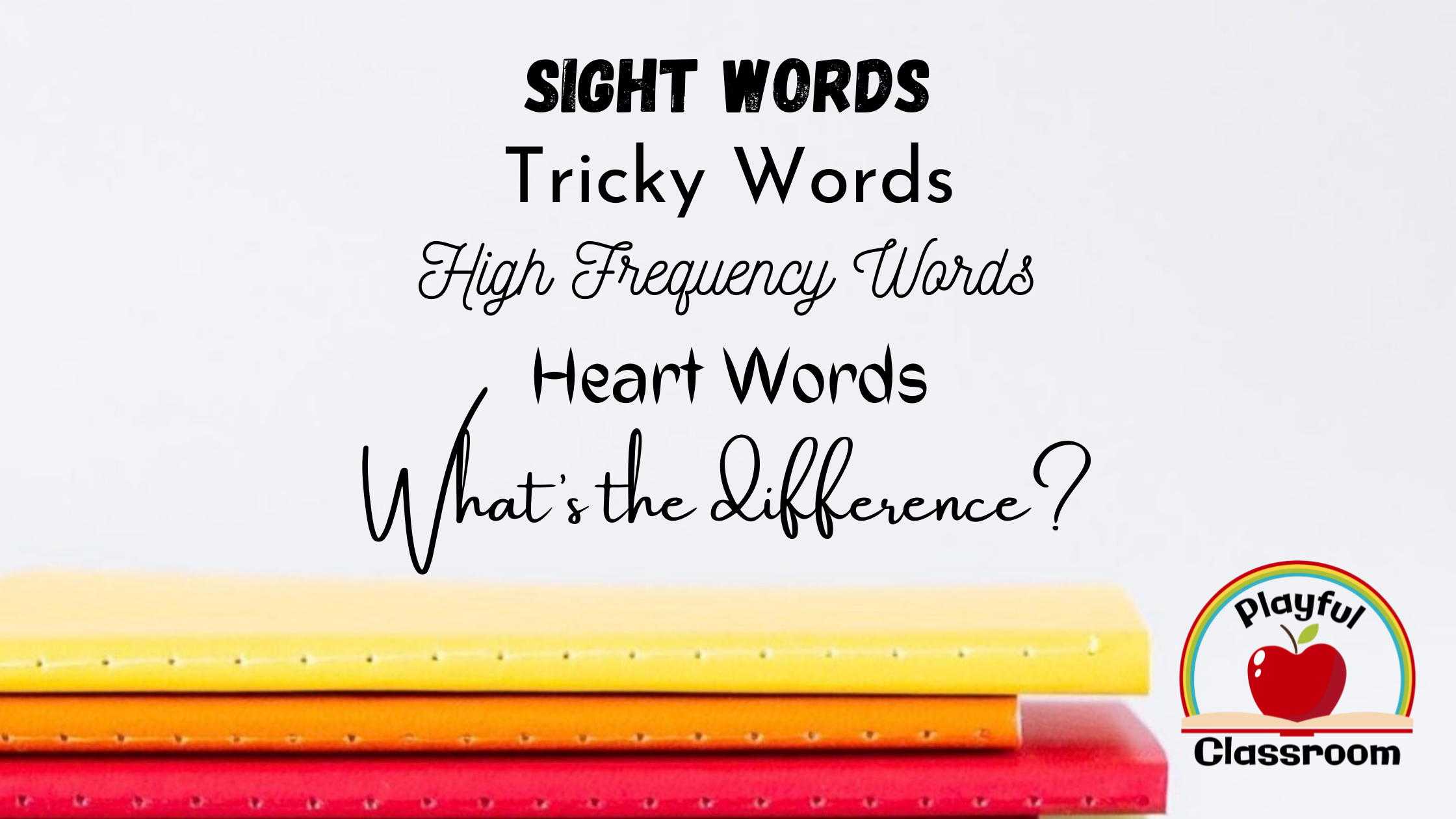Sight Words Vs High Frequency Words
What is a ‘Sight’ word?
A sight word in any word that you can read instantly and without effort. An adult has tens of thousands of sight words stored in their brain. A child’s sight word vocabulary expands rapidly throughout their primary school years.
What is High-Frequency Word?
High Frequency words make up a large portion of the text we read. They can be regularly or irregularly spelled. They can referred to as Dolch Words, Fry Words, and Common Exception Words.
What is a Tricky Word?
Tricky words make up a list of 72 High Frequency words as part of the Jolly Phonics Programme. Some of these words are decodable, and some are irregular.
I used to explain to children and parents that ‘Tricky Words’ were so called because they couldn’t be sounded out, and that the words needed to be learned by sight memory. I put all of the words on a ‘Word Wall’ and pointed to them as the children chanted the words mindlessly. I sent home flashcards and lists of words to practise. I even had them do this with some words that were easily decoded such as ‘and’ and ‘put’. But now I know better.
Trying to learn words on a list by rote memory is inefficient, even if they are ‘tricky’ words. Reading involves visual input but NOT visual storage. We store words in an oral filing system; each word made up of a unique sequences of sounds. We can read words automatically, and without conscious effort, when we have learned how to connect the sounds in the word with the correct sequence of letters. (This process is called Orthographic Mapping.)
Try this
Look at this sequence of symbols and try to remember it:

Did you try to remember them visually? No, in all likelihood, you said the words to yourself: ‘hashtag, at, twelve, star’. Memorising a phone number or password works this way, and so do sight words.
So how should we teach High Frequency words?
If not by rote memorization, then how do we teach children how to read (and remember) high-frequency words that are not easily decoded? The most important thing to remember is that to use the phonics knowledge that the children already have.
Heart words
The Heart Word approach looks at the sounds and letters in irregularly spelled words, rather than the entire word as a whole. Most irregular words only have one or two parts that need to be learned ‘by heart’. Some parts of them are decodable.
Let’s look at the high-frequency word ‘said’. It has 3 phonemes: /s/ /e/ /d/

If the children already know the letter sounds ‘s’ and ‘d’, all they need to remember is that the /e/ sound is represented by the spelling ‘ai’. They do not need to memorise the whole word.
Try not to overdo it with lists of High Frequency words. Choose your words carefully. What words do the children need to know right now? Are they familiar with all the letters in these words? It is also worth pointing out that a lot of high-frequency words are only ‘temporarily’ irregular for children until they have learned the relevant phonics rules.

Elkonin boxes or squared paper are really helpful when mapping High Frequency Words as they help to focus on the sounds in the word. Magnetic letters work really well in conjunction with these, as do whiteboards and markers. Mapping a word in this way 2-5 times will commit the word into memory for the vast majority of children. Why not give it a try?!
Check out the following websites and videos for more information.
- Heart Word Magic
- The Literacy Channel
- Reading Rockets: A New Model for Teaching High Frequency Words
- Parker Phonics: Sight Words and Orthographic Mapping
- Shanahan on Literacy: Sight Words for Kindergarten
- Shanahan on Literacy: Spelling Words


